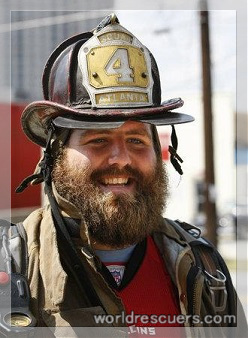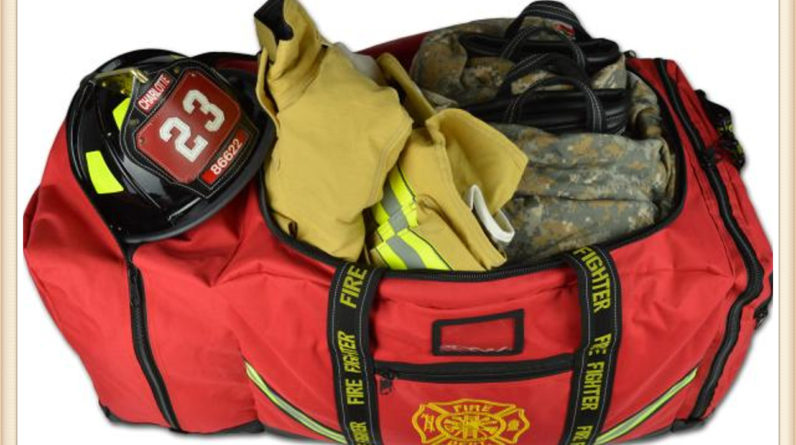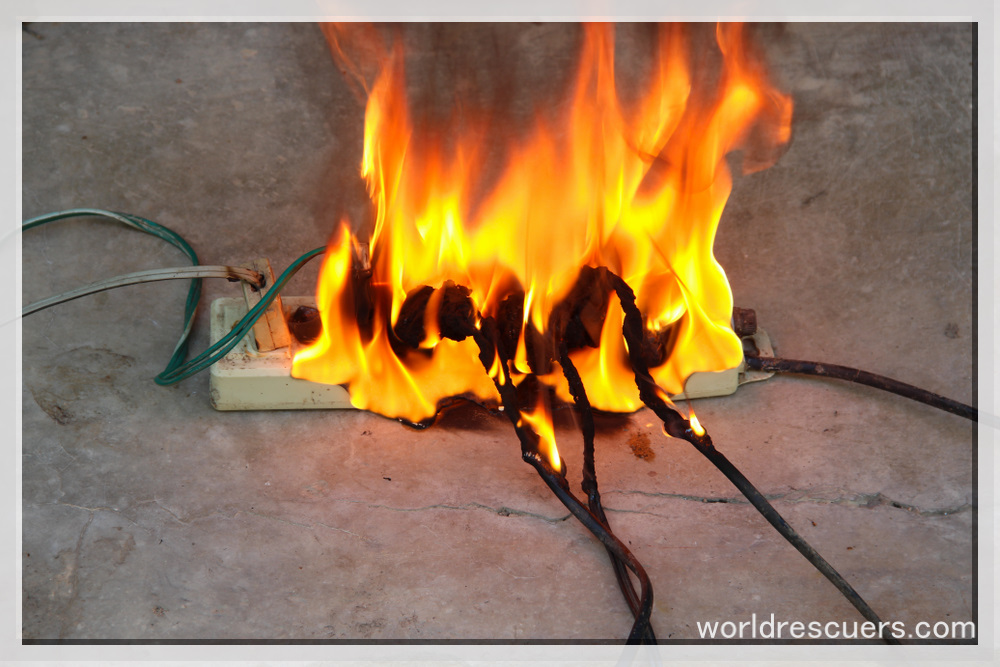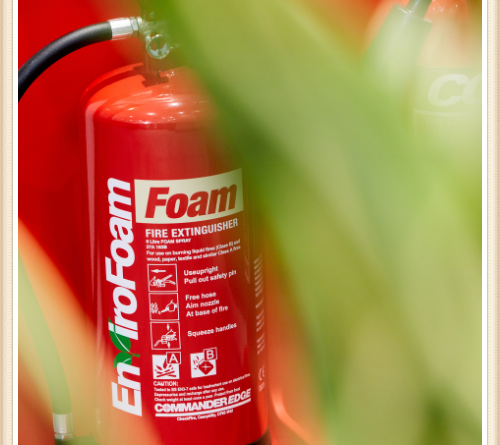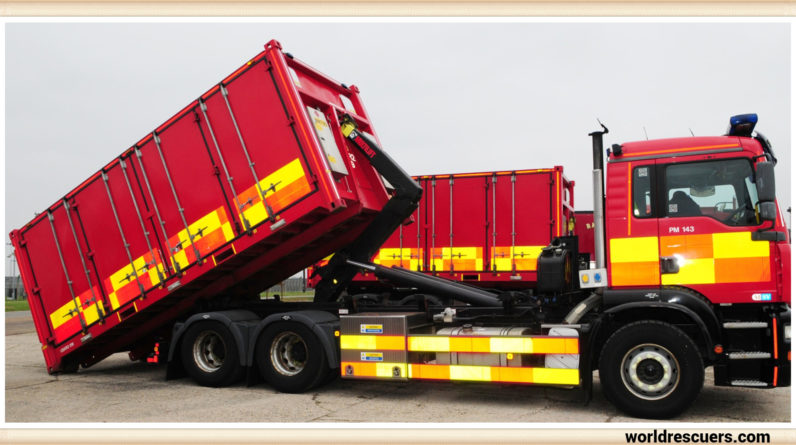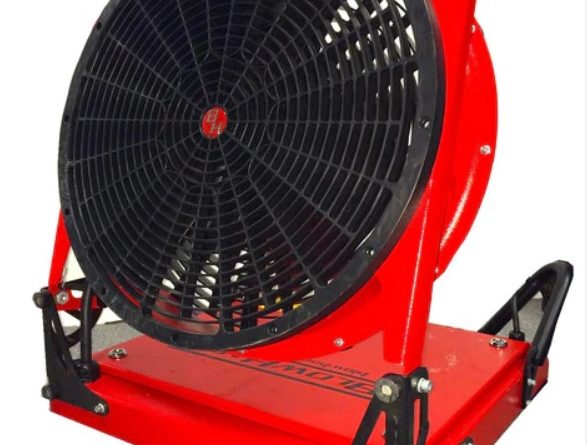
Introduction: The Importance of Fire Ventilation
Blowhard Fans: When it comes to fire safety, effective ventilation is crucial. Proper ventilation helps to remove smoke, heat, and toxic gases from a burning structure, improving visibility and providing a safer environment for firefighters. In recent years, blowhard fans have gained significant recognition for their effectiveness in fire ventilation. This comprehensive guide will delve into the world of blowhard fans, exploring their functionality, benefits, and how to choose the right fan for your needs.
Understanding Blowhard Fans
Blowhard fans are powerful tools designed specifically for fire ventilation. They are portable, high-velocity fans that can quickly and efficiently move large volumes of air. The primary purpose of blowhard fans is to create positive pressure ventilation (PPV), which involves pushing fresh air into a structure while expelling smoke and heat through openings such as windows, doors, or dedicated exhaust points.
Blowhard fans are constructed with durable materials to withstand the harsh conditions of firefighting operations. They are typically equipped with sturdy frames, reinforced blades, and reliable motors to ensure optimal performance and longevity.
How Blowhard Fans Work
Blowhard fans operate by utilizing the principles of airflow and pressure differentials. When placed strategically, these fans create a controlled airflow pattern that redirects smoke and heats away from the firefighters and out of the structure. By creating a positive pressure environment, blowhard fans facilitate the removal of harmful substances and enhance visibility within the fire zone.
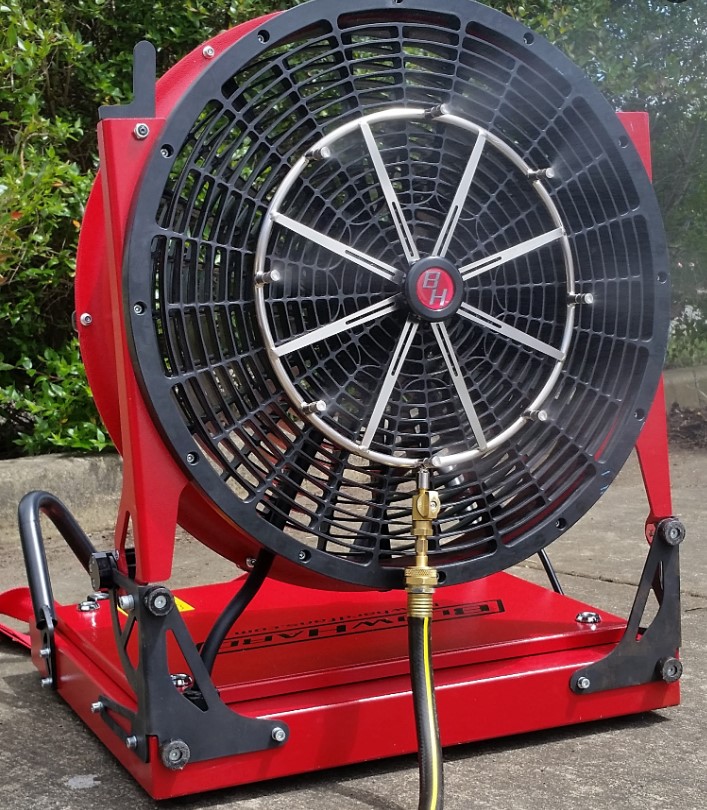
To effectively utilize blowhard fans, firefighters must identify the most suitable entry and exit points for airflow. By carefully selecting these locations, the fans can generate a consistent fresh air flow while effectively expelling the contaminated air. This systematic approach helps to prevent the spread of fire and improves overall safety conditions for emergency responders.
Benefits of Using Blowhard Fans for Fire Ventilation
- Enhanced Visibility: Blowhard fans rapidly remove smoke, improving visibility for firefighters inside the structure. This increased visibility allows quicker navigation, better situational awareness, and improved decision-making during critical operations.
- Improved Safety: By swiftly expelling smoke, heat, and toxic gases, blowhard fans help create a safer environment for firefighters and potential victims. Removing these hazardous elements reduces the risk of respiratory distress, heat-related injuries, and overall fire-related casualties.
- Efficient Fire Suppression: It contributes to the effectiveness of fire suppression efforts by removing the heated gases that can reignite flames. By reducing the temperature and minimizing the oxygen supply, blowhard fans aid in controlling and extinguishing the fire more rapidly.
- Flexibility and Portability: These fans are designed to be portable and easy to maneuver, allowing firefighters to position them in optimal locations quickly. Their versatility ensures effective ventilation in various scenarios, including high-rise buildings, residential structures, and industrial facilities.
- Versatile Applications: Besides fire ventilation, blowhard fans have multiple applications in other emergencies, such as smoke extraction during hazardous material incidents, drying out flooded areas, or removing toxic fumes in chemical spills.
Choosing the Right Blowhard Fan for Your Needs
When selecting a blowhard fan for fire ventilation, several factors should be considered to ensure optimal performance and compatibility with your requirements. Here are some key considerations:
- Airflow Capacity: Assess the airflow capacity of the blowhard fan, as it determines the fan’s ability to move air effectively within the structure. Look for fans with high CFM (cubic feet per minute) ratings, which can generate substantial airflow for efficient ventilation.
- Size and Portability: Consider the size and weight of the fan, as it impacts its maneuverability and ease of transportation. Opt for a fan that balances power and portability, ensuring it can be easily transported and positioned during firefighting operations.
- Power Source: Evaluate the available power sources in your firefighting equipment inventory. Choose a blowhard fan compatible with your existing power sources, such as generators or electrical outlets, to avoid operational challenges during critical moments.
- Durability and Construction: Look for blowhard fans constructed with high-quality, durable materials. Features like reinforced blades, impact-resistant housings, and weatherproof components contribute to the fan’s longevity and ability to withstand harsh firefighting conditions.
- Noise Level: While blowhard fans are inherently noisy due to their powerful motors, consider models that offer noise reduction features without compromising performance. Quieter fans can improve communication among firefighters and maintain a calmer atmosphere during operations.
Installation and Maintenance of Blowhard Fans
Proper installation and regular maintenance are essential to ensure the optimal functionality and longevity of fans. Here are some guidelines:
Installation:
- Identify the Entry and Exit Points: Determine the most suitable locations for the blowhard fans to create an effective airflow pattern. Entry points are openings where fresh air enters, while exit points are openings where smoke and heat are expelled.
- Secure the Fan: Position the blowhard fan securely, ensuring it does not obstruct walkways or emergency exits. Use appropriate mounting equipment or stabilization measures to prevent accidental movement during operation.
- Power Connection: Connect the blowhard fan to a compatible power source, following the manufacturer’s guidelines and safety protocols. Check the electrical connections and ensure a stable power supply before turning on the fan.
Maintenance:
- Regular Inspections: Conduct routine inspections of the blowhard fan to identify any signs of damage or wear. Check for loose parts, damaged blades, or malfunctioning controls. Promptly address any issues to maintain optimal performance.
- Cleaning: Remove dirt, debris, or obstructions from the fan blades, motor, and housing. Regular cleaning prevents the accumulation of particles that could affect airflow and compromise the fan’s efficiency.
- Lubrication: Follow the manufacturer’s recommendations for lubricating the fan’s moving parts. Proper lubrication reduces friction and extends the fan’s lifespan.
- Storage: When not in use, store blowhard fans in a clean, dry area to protect them from environmental factors that could cause damage. Ensure proper storage conditions to maintain the fan’s functionality.
| Features | Description |
|---|---|
| Airflow Capacity | High CFM (Cubic Feet per Minute) for efficient air movement |
| Size and Portability | Compact and portable design for easy maneuverability |
| Power Source | Compatible with various power sources (generators, outlets) |
| Durability | Constructed with durable materials for long-lasting performance |
| Construction | Reinforced blades and impact-resistant housing |
| Weatherproof | Resistant to harsh environmental conditions |
| Noise Level | Offers noise reduction features without compromising power |
| Installation | Easy installation with secure mounting options |
| Maintenance | Simple cleaning and lubrication procedures |
| Versatility | Suitable for various structures and emergency situations |

Hi, I am John Smit a Captain in Fire Department City of Newyork with over years of experience in the field of Firefighting and HSE. My passion for fire safety started when I was a young boy and witnessed a neighbor’s house go up in flames along with precious lives. Since then, I had dedicated my life to ensuring the safety of buildings, properties, and individuals in case of a fire and medical emergencies.

